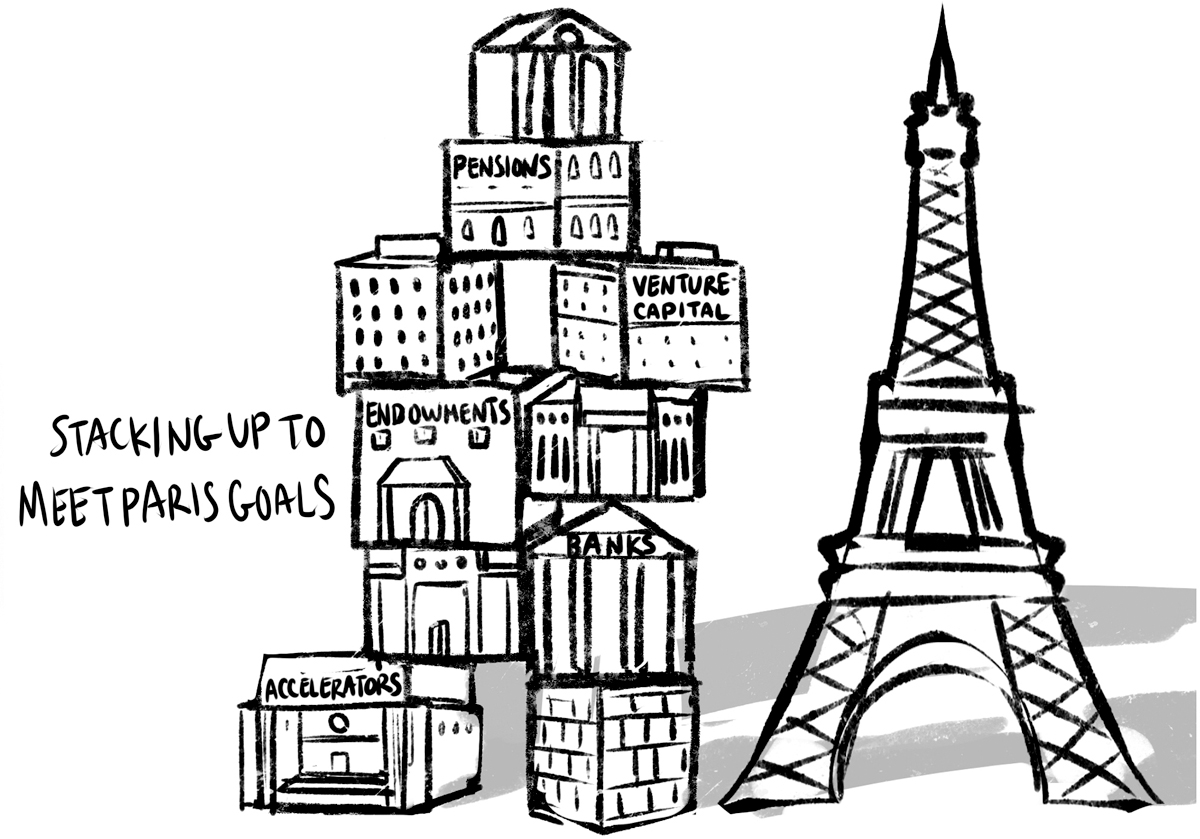How Did the Global Climate Action Summit Go?
As You Sow is lucky enough to be based in Oakland, California. When Gov. Jerry Brown announced that our neighbor San Francisco would host a Global Climate Action Summit, our ears perked up. The fact that the summit coincided with the UN PRI-In Person meeting further called our attention. After the announcement, many questions arose including what form the summit would take, who would participate, and the ultimate question: What was the point?
Gov. Brown has in many ways proven himself to be a leader in the climate arena, positioning California as the home of resistance to Trump’s assault on the laws and regulations that protect people and our planet. And yet California still allows significant fracking operations on our land, near our homes and schools. Many advocacy organizations mobilized around the summit, using it as a means to call for true leadership, to recognize the voices of disadvantaged communities, to “Rise for Climate, Jobs, and Justice.” These groups engaged more than 30,000 people to voice their message through creative direct actions inside and outside the summit.
On Sept. 8, thousands of people converged in San Francisco for the “Rise for Climate, Jobs, and Justice” march, just days before the Global Climate Action Summit, demanding a phase-out of fossil fuel extraction and a just transition to a 100% renewable energy economy. Photo credit: Brooke Anderson / Survival Media Agency
Further demonstrating the broad and diverse range of people and groups rising to the challenge of climate change, hundreds of “affiliate” events were organized as supplements to the official Global Climate Action Summit. I attended many of these side events, which I felt expressed valuable content, provoked thoughtful discussions, and promoted networking and face time with other leaders in the climate movement. I attended sessions that focused on climate scenario analysis, shareholder engagement, climate risk, and intersectionality of social justice issues; and I found myself wishing I could be in multiple places at once. As You Sow hosted its own affiliate event: Oil & Autos — Transition Planning for a Low-Carbon Future. Our two panels discussed what it means to be Paris-compliant in the oil and gas and automotive sectors, and how companies might actually achieve this critical goal.
Lila Holzman, energy program manager at As You Sow, moderated the Transition Planning in the Face of an Attack on CAFE Standards panel at an affiliate event of the Global Climate Action Summit.
Danielle Fugere, president at As You Sow, moderated the Transition Planning in the Oil & Gas Sector panel at an affiliate event of the Global Climate Action Summit.
Navigating the maze of events was a test in prioritizing and managing the many different shades of green represented in the climate movement. Did we all listen to each other? Did we all get our messages across? It was inspiring to see the variety and strength of so many distinct approaches and passions aligning to push toward a shared vision for a sustainable future.
The summit itself was dedicated to showcasing the impact of sub-national and corporate actors on potential climate solutions. Given the lack of federal climate leadership in the U.S., it is certainly comforting to see the meaningful progress that states, counties, cities, and companies can make. Bold commitments had the ripple effect of empowering others to see what is possible. Local actions that incorporates local needs and circumstances have the potential to lead to the best, most sustainable solutions. But will this be enough?
A month after the summit, I find myself still processing what happened and pondering how history will talk about the week we all ran around like crazy trying to absorb, discuss, motivate, reassure, and provoke. One diagram that stuck with me was in a presentation at PRI’s final “Friday Finance Roundup” event showing how local actions might “stack up” to meet the ambitions of the Paris Climate Accord. It won’t be easy.
With last week’s release of the U.N.’s Intergovernmental Panel on Climate Change report, we now know what we’ve pretty much already known: it is urgent that we address climate change, and we are running out of time. As someone who has always considered myself a pragmatic optimist, I view the Global Climate Action Summit as a valuable week where smart, ambitious, empathetic humans came together to work on solving a problem that can’t be solved in a week. It was a solid step on the pathway to change, except we need to be running much faster. So let’s go!




